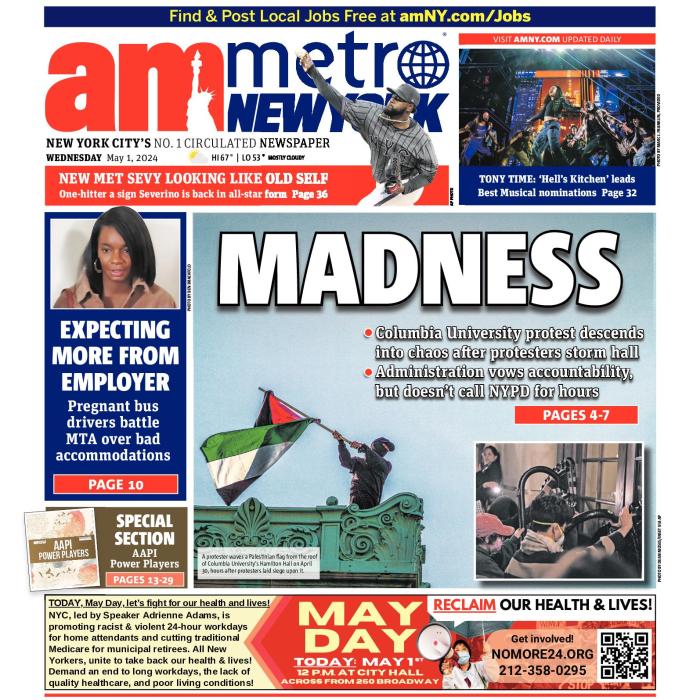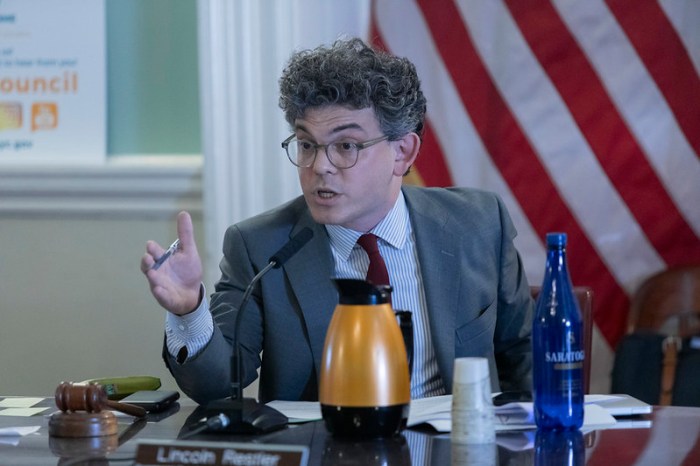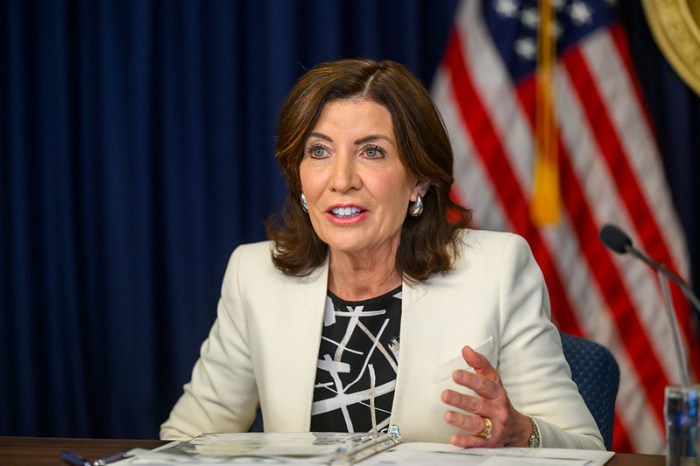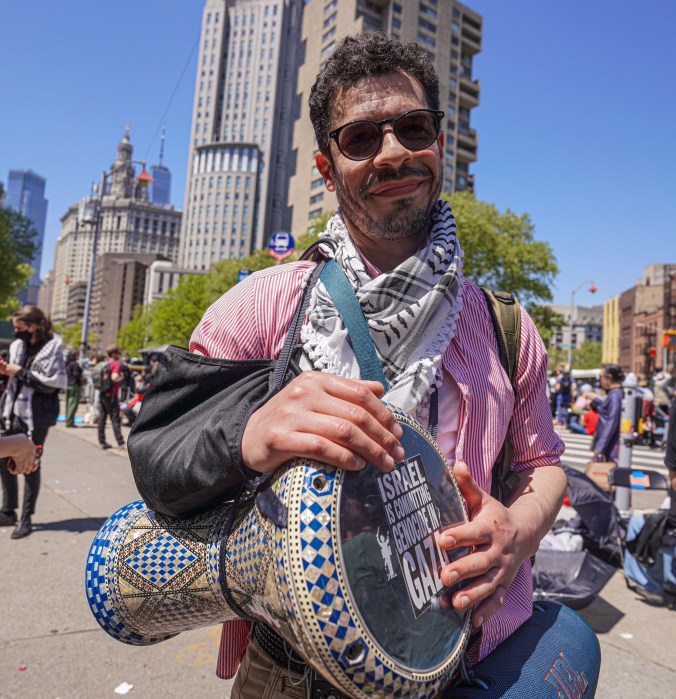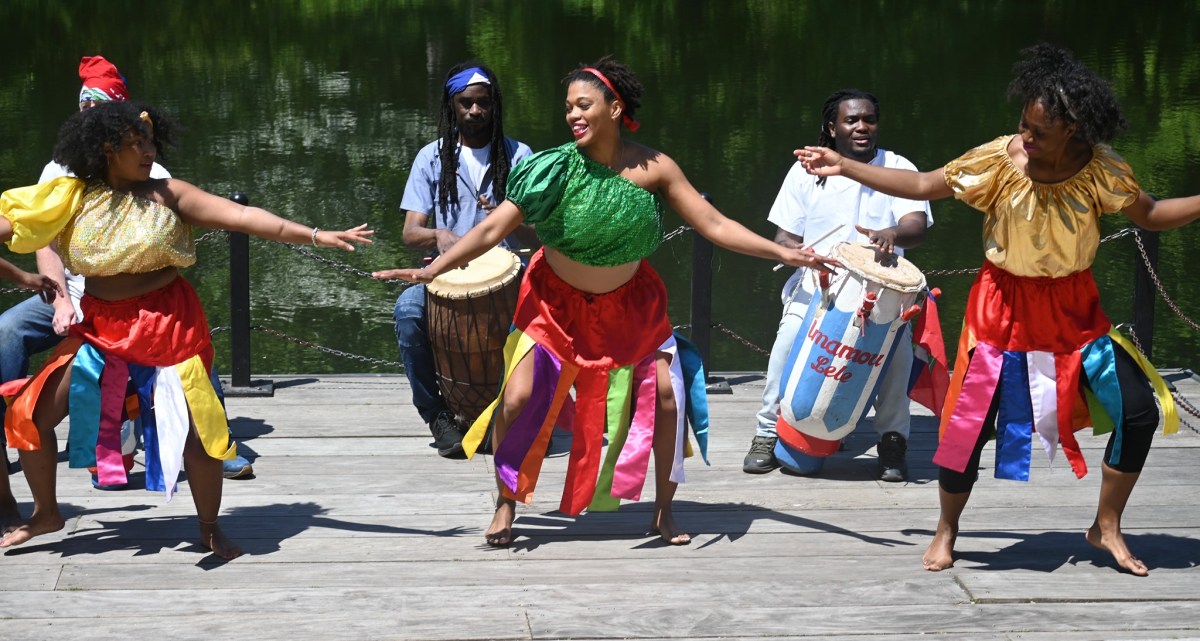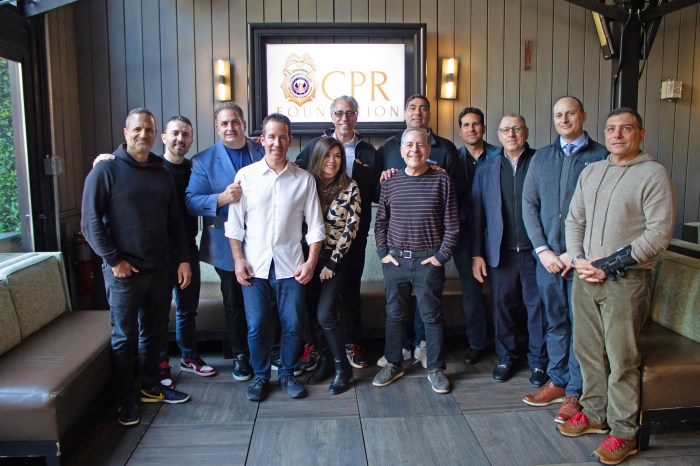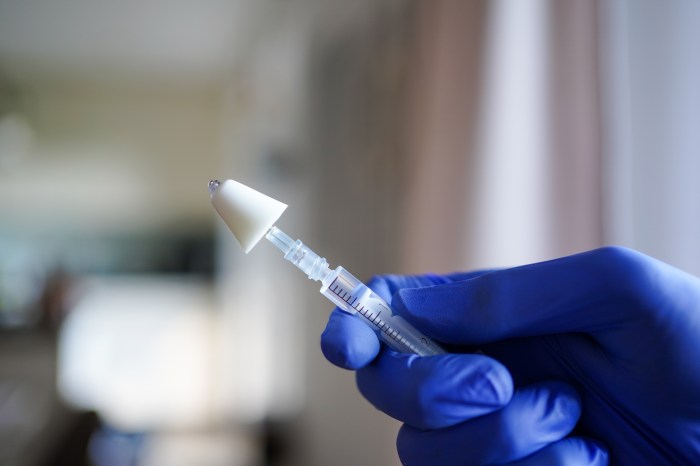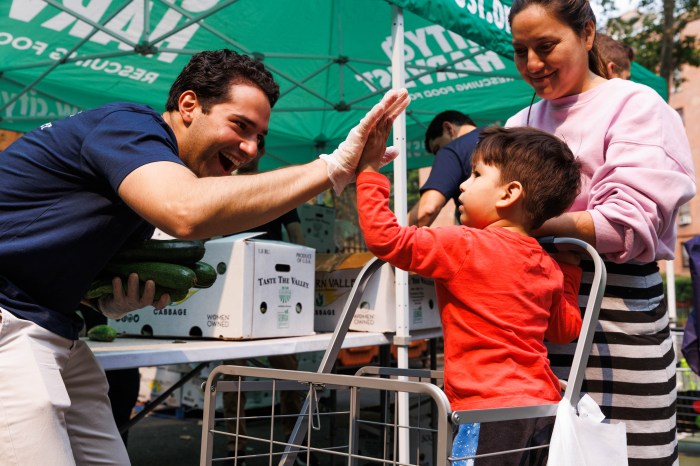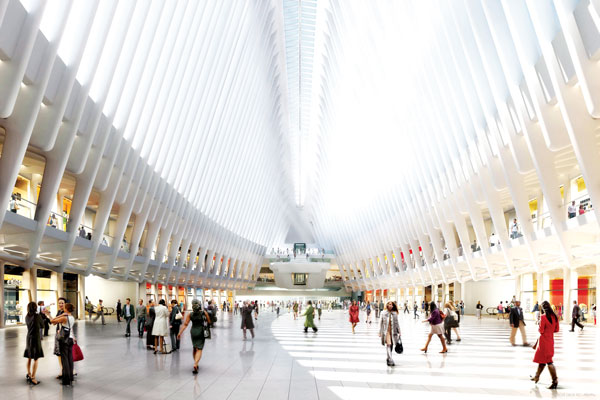
The WTC Westfield retail complex beneath the Oculus will open for business in the first half of 2016 now that all the shop space has been leased.
BY YANNIC RACK | Keep your eye on the Oculus — it will soon be open for business.
The long-awaited reopening of the World Trade Center retail complex is finally in sight, with an opening date expected in the first half of 2016, according to the developer, Westfield Group.
A spokeswoman for Westfield, which is managing the leasing there as well as at the nearby Fulton Center transit hub, confirmed that the mall’s 125 tenants are all locked down.
“All retail space has been leased or committed and is expected to open during the first half of 2016 simultaneously,” she said.
Together with the recently opened Brookfield Place to the west, and the Howard Hughes Corp.’s redevelopment of the South Street Seaport to the east, the WTC shopping center will help turn Downtown into a retail Mecca, say local business boosters.
“It’s going to be even more of a destination,” said Jessica Lappin, president of the Downtown Alliance. “We have been excited about the Westfield center opening for a long time. This area has changed a lot, and is still changing very quickly, and this development is an exciting piece of the puzzle.”
The West Concourse — the first piece of the project that links the WTC site with Brookfield Place and the New York Waterway Ferry Terminal — opened to foot traffic two years ago, but its retail gallery is still covered up, waiting to open together with the rest of the complex’s stores.
Once it opens, the sprawling Westfield WTC retail center — larger than six football fields — will be the largest shopping complex in Manhattan. It will fill two levels under the vast roof of the WTC Transportation Hub — also known as the Oculus — as well as lining the underground concourses connecting the entire complex.
The Santiago Calatrava-designed hub rises 150 feet at its highest point and has raised eyebrows with its extravagant and costly design — a series of rib-like structures crossing over the roof and jutting out on either side of the peak.
Shops that have been confirmed so far for next year’s opening include Michael Kors, True Religion, and Victoria’s Secret, a range of high-end cosmetics and jewelry stores, as well as food destinations like Eataly and Market Lane.
The Westfield spokeswoman said only 57 tenants have been announced so far, and that many of the nearly 100 retailers rumored on local blogs to be coming will not be in the mix.
“There have been some inaccuracies reported previously with respect to tenants,” she said.
The WTC Transportation Hub will eventually replace the old PATH station that still stands next to the Oculus. Tracks at the old station have been partially closed while new platforms are built, and the station will be completely demolished once the hub is open to make way for a performing arts center on Vesey St. between Greenwich St. and W. Broadway.
A spokesman for the Port Authority of New York and New Jersey, the bi-state agency rebuilding the area, said the hub would fully open in the first quarter of 2016, ahead of the stores, although an exact date has yet to be set.
“I think we’re going to open the Oculus and everything else maybe a little bit before the retail,” he said.
The West Concourse, with its balcony level leading to the entrances of Condé Nast and the 1 WTC observation deck, will then be connected through the Oculus to the so-called East End Concourse — another underground passage leading to Liberty St., with an entrance at the corner of Liberty and Church Sts., as well as to 4 WTC, and eventually to 3 WTC once it opens in 2018. Stores will also be added on the lower floors of both 4 WTC and 3 WTC.
Westfield expects the retail complex to average $700 million to $1 billion in annual sales, with shops ranging from about 800 square feet to 8,000 square feet.
NYU’s Rudin Center just released a study showing that the Port Authority will actually recoup the nearly $7 billion it is investing in the site over the next 20 years.
The report also noted the longtime economic impact the redevelopment, which is slated to be completed by 2019, will have on Lower Manhattan. The site will eventually provide jobs for 51,000 people earning yearly wages totaling around $7 billion, the study showed.
